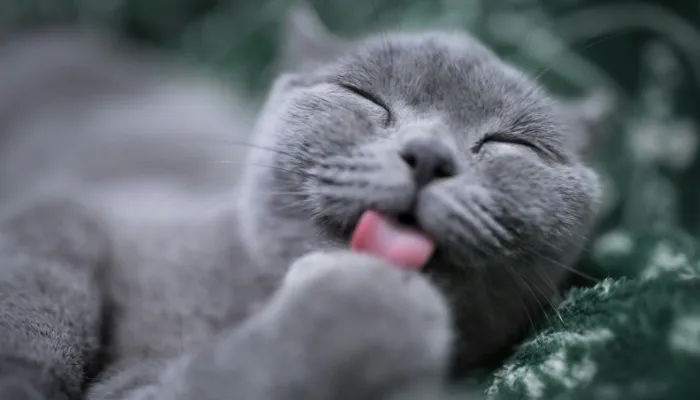In the event that you were questioning, “How do I say “i hate you” in cat translator?”, then this should be the answer to your query. Cats are complicated creatures and interacting with them can be hard but using a cat translator, you may be able to understand how they feel and vice versa – at least in a comical way!
Let’s see how you are able to translate feelings – both positive and negative – towards your pet cat.

What Is A Cat Translator?
Before we get into translating negative emotions, it is first necessary to address the purpose of a Cat Translator. A Cat Translator is a device or application that attempts to interpret the meows, purrs, and body movements of a cat into human language. Not only is this a device that cat owners can have fun with, but also it serves as a reminder that real cat communication is far more complex than what any translator can accomplish.
In other words, it assists you in decoding the language of your cat so that you can establish a seamless interaction with it.
Functionality of the Cat Translator
To offer a general idea of what your cat would want to say, How do I say “I hate you” in cat translator, which involves the interpretation of the frequency, tone, and rhythm of your pet’s sound. The phrases “meows”, “purrs,” or “hiss”, are broken into variations that humans can understand.
- Meows: Cats can express movements through meows such as shouting, speaking, or whimpering to drooling, begging, or demanding.
- Purring: This usually indicates cats are content, but it can also be a cry for help or a sign of injury.
- Hissing or Growling: Usually coupled with backing out or running away to show someone is angry at you.
Such Primates Sharers were made just for fun, and the distraction they provide can be enjoyable, but masters still need to keep track of their cats’ tail, ears, and eyes as they can still reveal a lot about their pet’s emotions.
In what ways do cats show hate?
For those asking, “How do I say “I hate you” in cat translator?”, cats do not exactly hate like humans; rather, they have their own ways of showing dissatisfaction. Here are a few:
- Hissing or Growling: Sometimes expressions of love may come off as harsh as anger. Usually, these sounds accompany discomfort or fear.
- Aggressive Behavior: An angry or upset feline may engage in lunging, swatting, or scratching.
- Avoidance: When your cat is hiding and ignoring you, it is likely to hurt.
Although it is not as clear cut as “I hate you,” a “Cat Translator” can attempt to convert these actions into something understandable.
How to Tell When a Cat Hates You?
When considering “How do I say “I hate you” in cat translator” it’s helpful to analyze the situation and context. Here are a few key signs your cat might not be too happy with you:
- Changes in the Routine: Your domestic cats display aggression as a form of communicating. If your furry friend appears distant towards your companionship, your cat is definitely screaming for attention.
- Inability to Show Attention: If your cat used to show friendliness towards you, but has now been cold and indifferent, it is most likely trying to convey a very important message.
- Demonstration of Stress: An absent appetite can signify stress as well. If your furry pal feels overwhelmed around you, then let them be and refrain from forcing any type of food stimulus upon him.
5 Signs Your Cat Might Not Like You:
- Ears Folded Back: Your cat is trying to display that it could be in an angry and irritated phase.
- Flicking Tail: Frustration that is derived from irritation can lead to uncontrollable flicking of the tail.
- Wider Eyes: Now is not the time to mess around because you might be met with uncontrollable levels of anger.
- Refusing to Use Litter Box: A depressed cat will often not utilize the litter box. This is how cats choose to express their emotions when they feel let down.
- Excessive Hissing: If your kitty feels as if they have had enough of you, then sudden hissing while taking a nap is the correct way to go.
And there you have it, if your cat just so happens to resemble a small feisty, and violent beast, it would hint at screaming its ferocious intentions toward you.
Conclusion
To wrap everything up, if you are thinking, “How do I say “I hate you” in cat translator,” it’s safe to say that it does not exist in the cat’s context. Instead, animals are far more complicated than that and what we as humans see as cats “hating,” is in fact, deep-rooted issues related to displeasure or discomfort.
While it is amusing to analyze these emotions using instruments like the Cat Translator, the real transcendental way to interact with your feline is through watching their actions and listening to their body language. So, whether they are hiding away due to the cold shoulder you gave them or showing signs of exasperation, the best approach is always gentle and slowly rebuilding trust through patience.
